5 Regions Known for Beadwork Craftsmanship
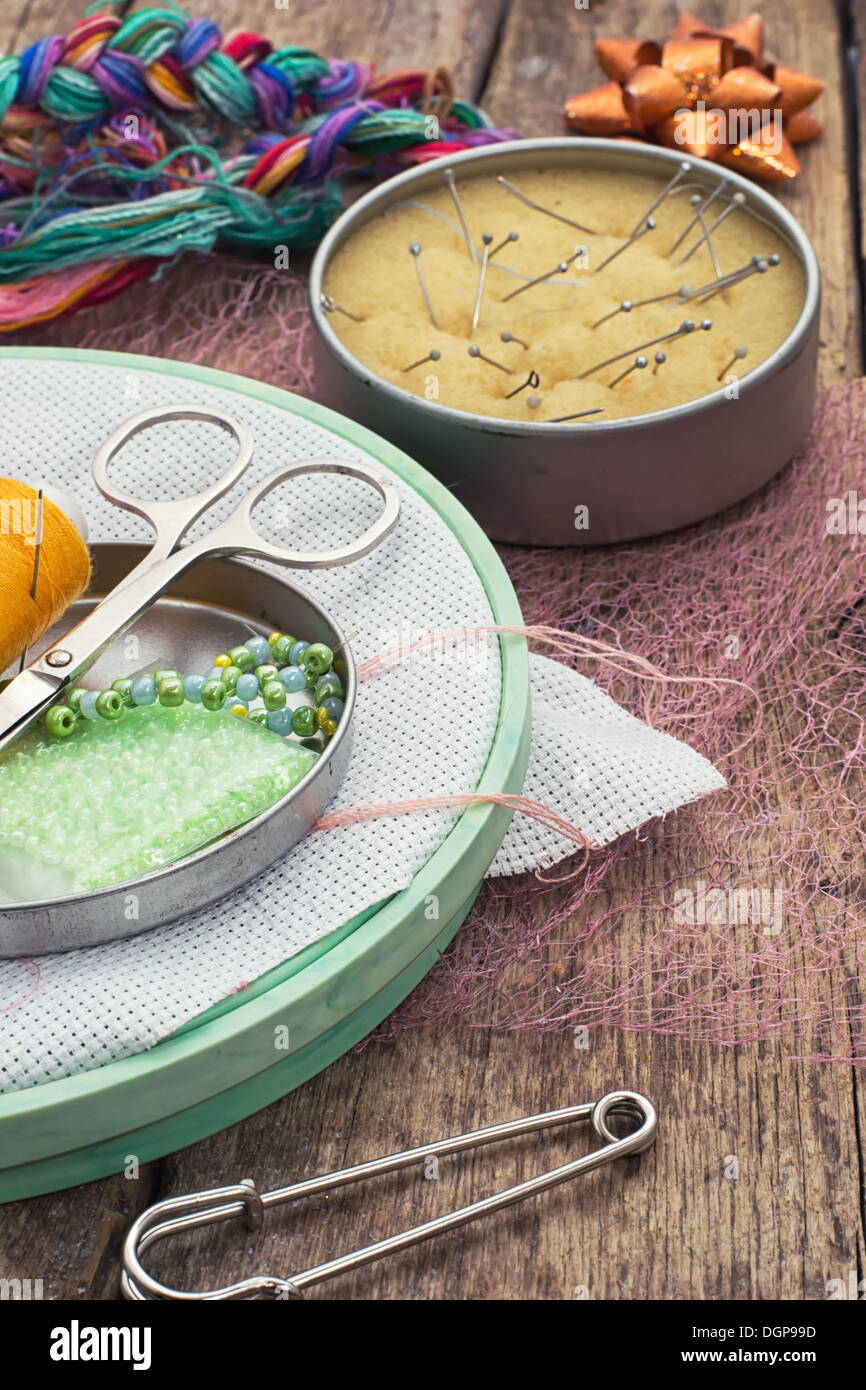
From the threads of ancient history to the vibrant tapestry of modern design, beadwork has held a unique place in cultural expression around the globe. This intricate craft, which involves arranging small decorative items known as beads into patterns and motifs, transcends simple aesthetics. It is a bridge to the past, a medium of communication, and a testament to the creativity and skill of the artisans who practice it. In this journey through craftsmanship, we explore five regions that stand out for their exceptional beadwork, each with its own distinctive flair and tradition.
1. The Sioux of North America

Image: A traditional Sioux beaded pouch
The Sioux Nation, primarily known for their complex beadwork, has a tradition that spans centuries. These Native American tribes, including the Dakota, Lakota, and Nakota, use beadwork not only as decoration but also to convey cultural and symbolic meanings:
- Materials: Historically, they used materials like porcupine quills or bones, but with the introduction of glass beads by European traders, beadwork became more prevalent.
- Symbolism: Each pattern and color carries specific meanings, often relating to ceremonies, tribal symbols, or personal narratives.
- Techniques: From lazy stitch to loomwork, each technique tells a story of its own.
🔍 Note: The Sioux beadwork has evolved over time with influences from other tribes and European trade goods, showcasing the adaptability and resilience of their culture.
2. The Maasai of East Africa
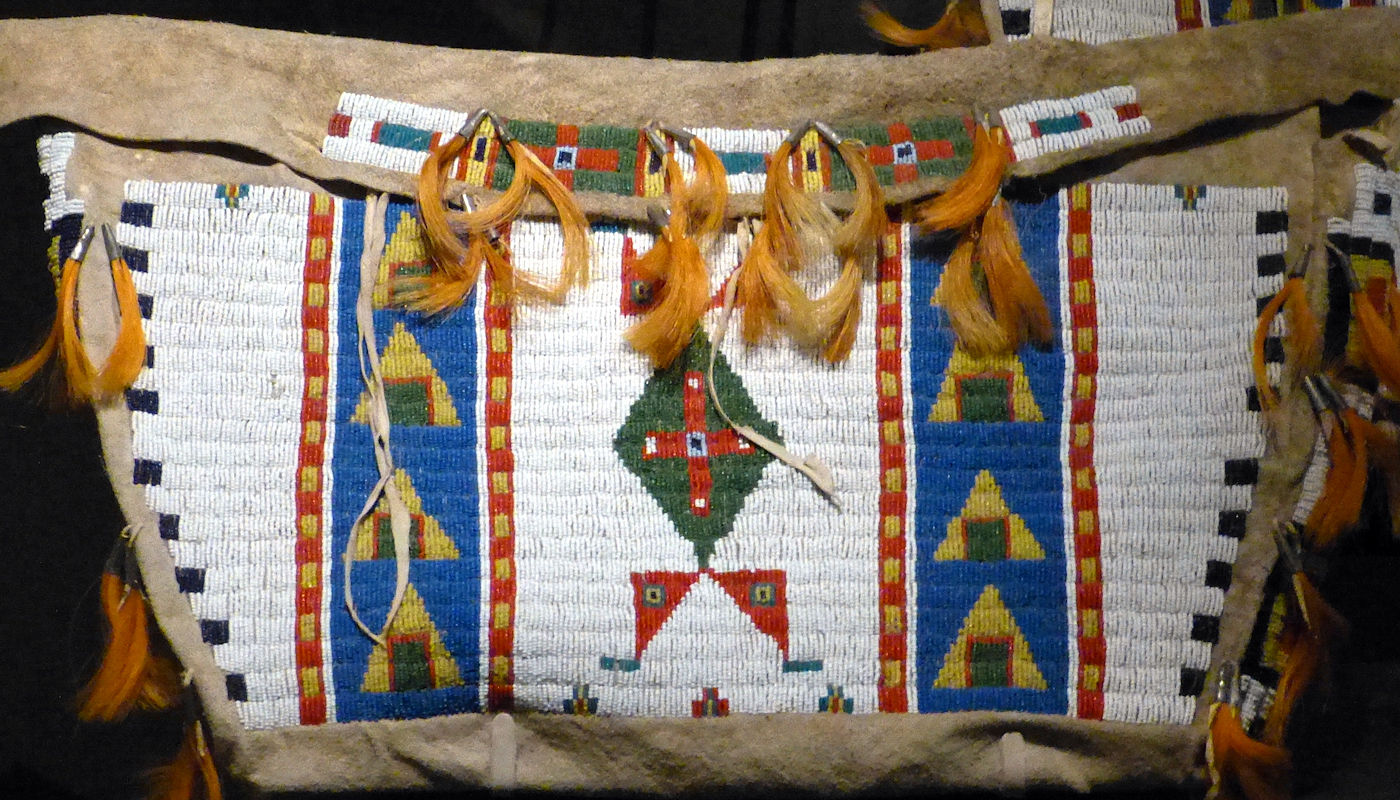
Image: Maasai beadwork necklace
The Maasai, renowned for their vibrant culture in Kenya and Tanzania, have developed intricate beadwork as an art form. Their beadwork is not only decorative but also serves social and ceremonial functions:
- Materials: Predominantly glass beads, which came from trade with European settlers.
- Patterns: These tell stories of marriage, age-set transitions, and community status.
- Social Significance: Beaded jewelry often communicates wealth, beauty, and marital status, with specific colors symbolizing age, gender, or clan identity.
3. The Mi’kmaq of Eastern Canada
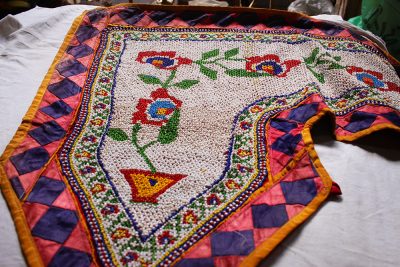
Image: A Mi’kmaq beaded collar
The Mi’kmaq, Indigenous people from Canada’s Atlantic region, have a beadwork tradition that intertwines with their cultural history:
- Historical Context: Their beadwork reflects the natural world, traditional activities, and spiritual beliefs.
- Designs: Motifs like floral patterns, geometric shapes, and animal representations are common.
- Influence: European contact introduced new materials, leading to the development of unique forms like the Mi’kmaq beadwork collars.
4. The Ndebele of South Africa
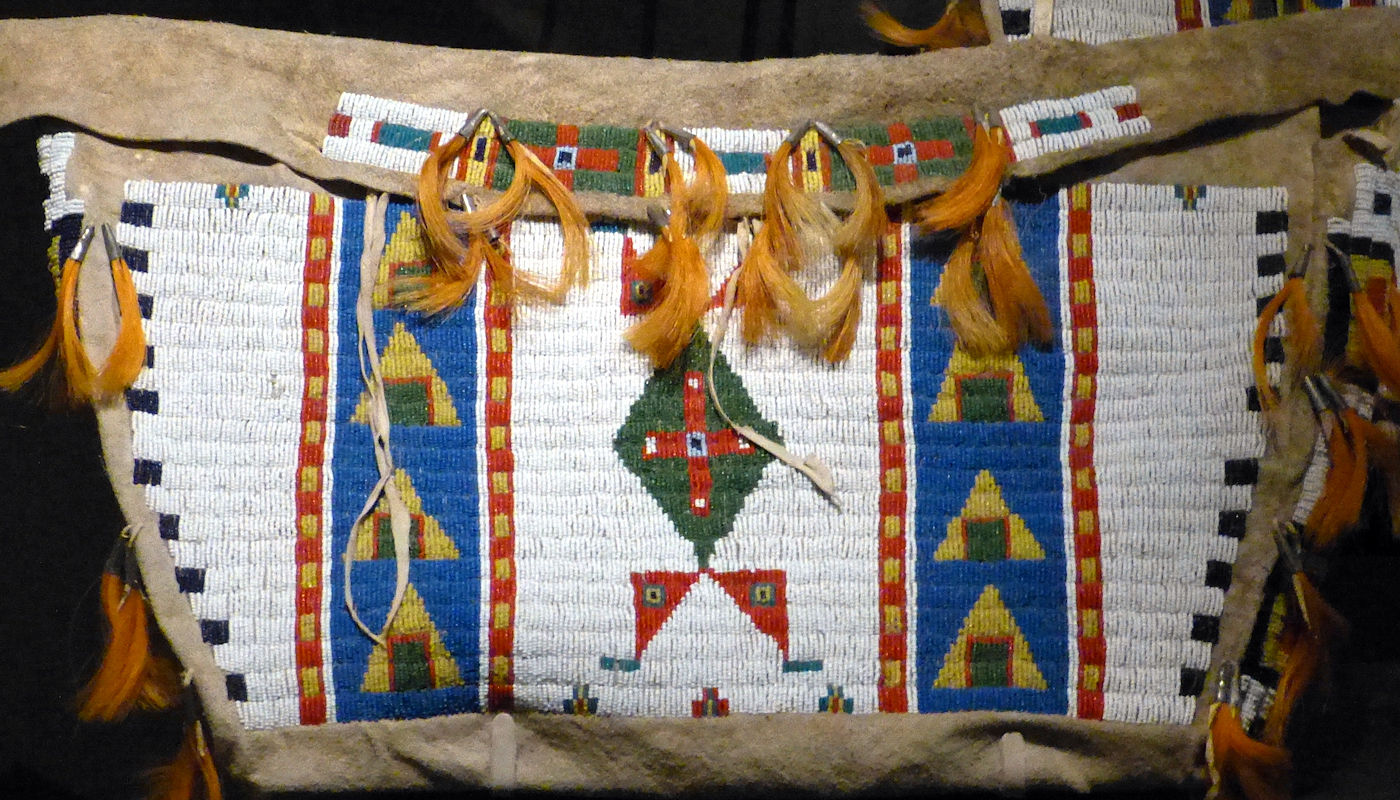
Image: Ndebele beaded apron
The Ndebele people, known for their striking geometric patterns, use beadwork as a medium for both adornment and communication:
- Artistic Expression: The beadwork of the Ndebele often includes storytelling, with intricate beadwork designs incorporated into clothing and accessories.
- Symbols: Patterns and colors are used to convey messages about family, relationships, and community events.
- Tradition: The practice has been passed down through generations, with each design contributing to the rich tapestry of Ndebele cultural identity.
| Region | Distinctive Features |
|---|---|
| Sioux (North America) | Symbolic storytelling through patterns and materials; lazy stitch and loomwork techniques. |
| Maasai (East Africa) | Intricate bead patterns reflecting social roles and cultural narratives; glass beads as primary material. |
| Mi'kmaq (Canada) | Floral and geometric motifs influenced by European trade; beadwork collars as cultural artifacts. |
| Ndebele (South Africa) | Geometric designs expressing community and familial identity; storytelling through beadwork. |
| Venetian (Italy) | Renaissance influence; beads made from various materials including glass and metal; intricate patterns in clothing and accessories. |
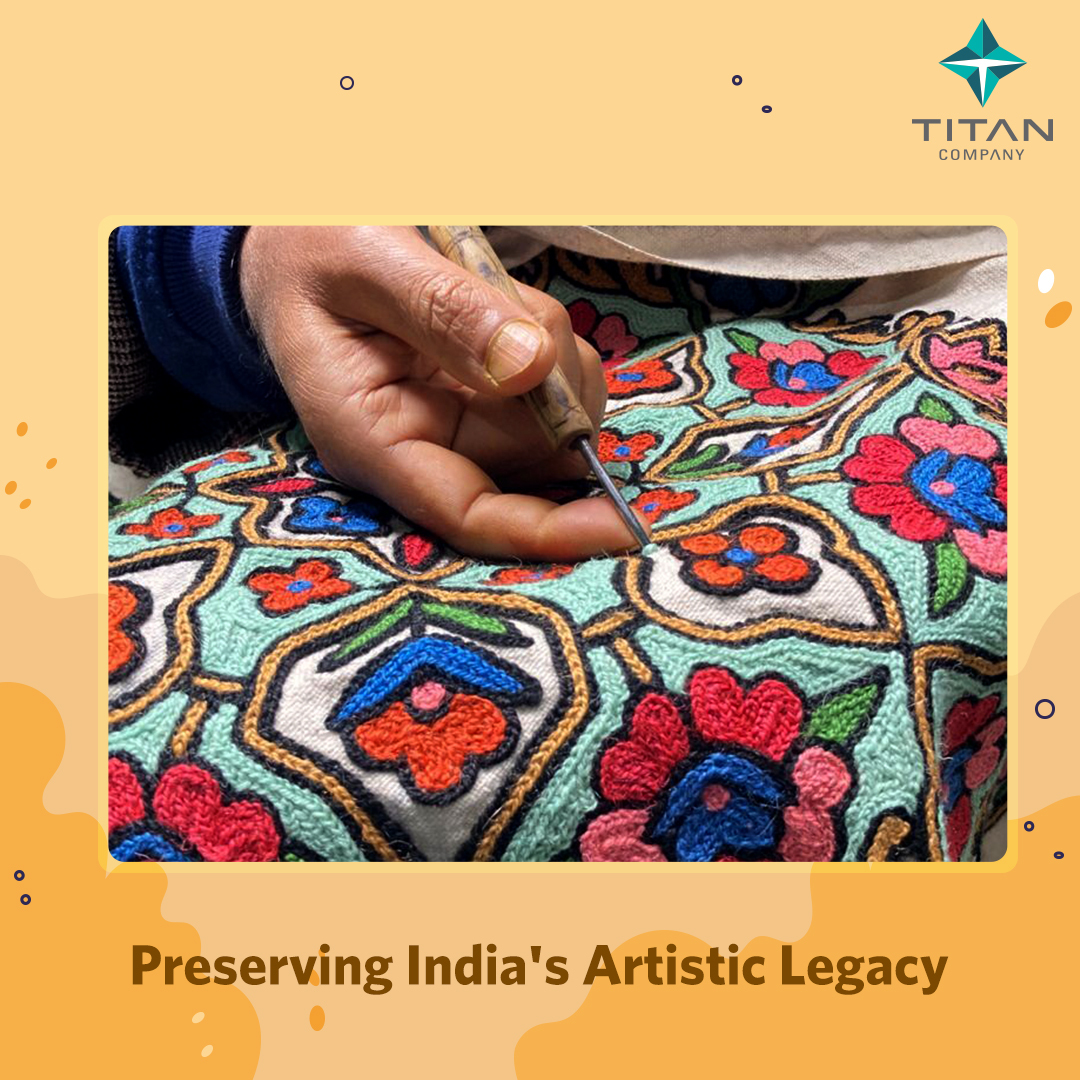
5. The Venetian Craftsmanship

Image: Venetian beaded mask
In Venice, Italy, beadwork has become synonymous with the city’s rich artistic heritage, particularly during the Carnival period:
- Renaissance Influence: The beadwork tradition here was heavily influenced by the Renaissance, leading to the use of intricate beadwork in clothing, accessories, and home decor.
- Carnival Masks: Beads adorn the famous Venetian masks, turning them into works of art.
- Materials: From delicate glass beads to metal beads, the variety of materials reflects Venice’s trading history.
🎭 Note: Venice's beadwork, particularly its use in carnival costumes, reflects the city's historical prowess as a center of culture, art, and trade.
Wrapping up our exploration of beadwork from around the world, we've seen how this craft transcends simple decoration, becoming a language through which cultures communicate their stories, values, and identities. From the beadwork collars of the Mi'kmaq that tell of their environment to the intricate patterns of the Ndebele that speak of community ties, and from the symbolic motifs of the Sioux to the beadwork masks of Venice's Carnival, each region's beadwork is a reflection of its history, society, and artistry. This rich tapestry of beadwork craftsmanship reminds us of the human capacity for creativity, resilience, and cultural preservation through art.
Why is beadwork important in cultural expression?

+
Beadwork serves as a medium for cultural preservation and communication, allowing artisans to pass down traditions, stories, and identities through generations. It’s a form of storytelling that transcends spoken language, capturing the essence of a culture’s values, history, and beliefs in visual form.
How has beadwork evolved with external influences?

+
External influences like trade, colonialism, and globalization have introduced new materials, techniques, and styles into traditional beadwork. This blending of ideas has led to the evolution of beadwork, allowing for unique hybrid designs that still reflect cultural roots while incorporating modern elements.
Can beadwork practices change over time?

+
Yes, beadwork practices adapt to changes in available materials, cultural shifts, and influences from other cultures. For example, the introduction of glass beads in regions like North America and Africa led to new styles and forms of expression while maintaining traditional meanings and designs.
What makes the beadwork of different regions unique?

+
The beadwork of each region is unique due to its materials, cultural significance, and the stories it tells. The Sioux’s symbolic designs, the Maasai’s vibrant colors, the Mi’kmaq’s floral motifs, the Ndebele’s geometric patterns, and the intricate patterns of Venetian craftsmanship all reflect the history, environment, and social structure of their respective cultures.
How can I learn more about or engage with traditional beadwork?

+
Engaging with traditional beadwork can involve attending cultural festivals, visiting museums or galleries showcasing beadwork, taking classes from traditional artisans, or participating in community workshops. There are also numerous books, online tutorials, and craft communities where one can learn and appreciate the art form.